Tips for Registering 3D Objects as Trademarks in Indonesia
In the public mind, the meaning of a Trademark is often limited to just a name, word, or logo. As we explained in the previous article, a Trademark can also be a sound. Along with the times and increasing human creativity, Trademarks as differentiators of goods and/or services can also be registered in 3-dimensional (3D) form.
If they have differentiating power, logos in 3D form, unique product shapes or packaging, and even shop layouts can be registered as Trademarks in Indonesia.
Legal Basis For 3D Marks In Indonesia
Indonesia recognizes the existence of 3-Dimensional Marks through the elaboration of the definition of Trademark as stated in Article 1 Number 1 of Law Number 20 of 2016 concerning Marks and Geographical Indications (the Trademark Law), as follows:
A Trademark is a sign that can be displayed graphically in the form of an image, logo, name, word, letter, number, or color arrangement in 2 (two) dimensions and/or 3 (three) dimensions, sound, hologram, or a combination of 2 (two) or more of these elements to differentiate goods and/or services produced by individuals or legal entities in goods and/or services trading activities.
For a 3D Mark to be registered, Article 4 of the Trademark Law and Article 3 of the Ministry of Law and Human Rights Regulation No.67/2016 require the attachment of a Trademark label in the form of the characteristics of the Mark in the form of visuals and a description of the protection claim.
Types of 3D Marks
A 3D Mark is a sign that has elements of length, width, and height or has volume, as in the following scope:
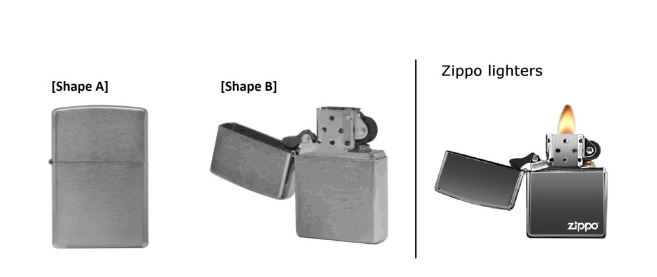
Source: USPTO
- Product
What is meant by Product here is not only the shape of the product itself, which is unique, such as Zippo lighters but the Sari Roti mobile cart is also registered as a 3D Mark.
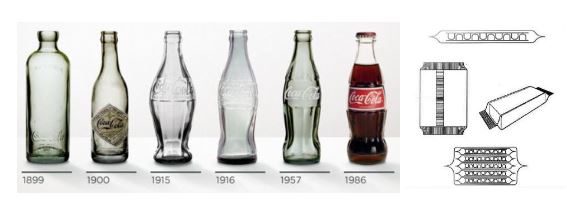
Source: Coca-Cola Company & DGIP
- Packaging
This category is the most frequently registered 3D Mark. The most famous examples are Coca-Cola glass bottles, Toblerone chocolate, and Yakult bottles.
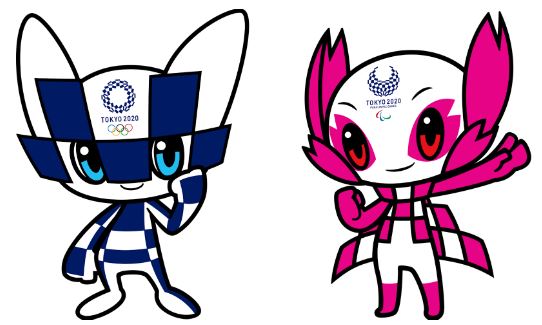
Source: tokyo2020.org
- Character/ Mascot
Currently, the presence of mascots cannot be separated from the presence of theme parks or various significant events such as the Olympics. Each event has unique characters that become symbols and represent the spirit of all contingents and the host country. Registered Mascots can then be licensed and presented in various performances and product derivatives, thus becoming a source of income for the Trademark holders.
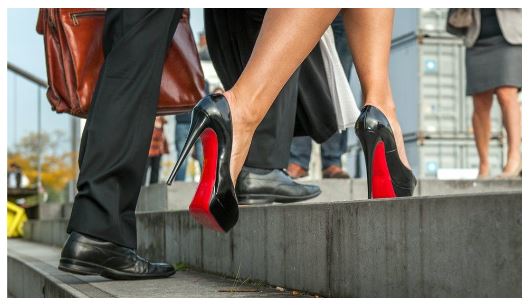
Source: Christian Louboutin United States – Official Website
- Position
Famous examples of this Position Mark are the Red label on the pocket of Levi’s jeans, the yellow thread stitching on the sole of Dr. Martens, and the Red soles on Louboutin shoes.
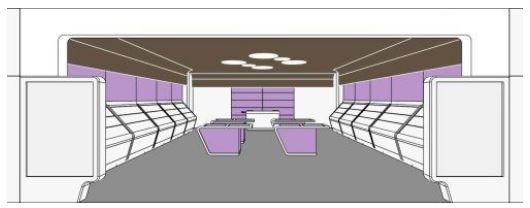
Source: EUIPO
- Layout
Perhaps you still don’t know that your restaurant layout can be registered as a Trademark. With a certain uniqueness, visitors can immediately feel the difference when entering your shop just from the layout alone. Examples of layouts registered as Trademarks are the Apple Store and Kiko, a cosmetics store from Italy.
So, how do you register them as Trademarks? Here are the tips:
- Unique
A Trademark can be registered if it has overall distinctive power, as long as these elements can be identified as product identity. So, you must ensure that the 3D shape you are registering has characteristics that distinguish it from similar products.
- Distinctive
If your product is not distinctive enough but contains a distinctive element, it is sufficient to make it function as a whole product identity. However, it would be best if you made sure that your additional characteristics can change the impression of the overall shape, for example, in the 3-Dimensional Mark in the Position category.
Furthermore, the examination will be based on the graphical representation submitted, not the actual size. So, the image provided must display these different elements. Proportions are significant, but there are no special requirements regarding this.
How is it different from Industrial Design?
The uniqueness of 3D Marks, especially for product packaging, can potentially clash with other Intellectual Property (IP) regimes, such as Industrial Designs and Patents. Therefore, you’ll need to study it before submitting the application to get maximum benefit from the protection and anticipate legal consequences that may happen in the future.
What differentiates 3D Marks from Industrial Designs is that the protection period can be extended for Trademarks, whereas Industrial Designs are only ten years and cannot be extended. Apart from that, in Industrial Design, aesthetic value and novelty are the main factors. Uniquely, one product can have two IP protections simultaneously, as a Trademark and an Industrial Design. This is possible if the product meets the terms and conditions of the Trademark and Industrial Design Law.
3D Marks can also intersect with Patents if they have technical aspects or contain functional forms. However, if an item is protected as a patent, it cannot receive protection as a trademark. This rule is based on Government Regulation in Lieu of Law No.2 of 2022 concerning Job Creation Article 20 letter (g) in number (1) in Article 108 of Law Number 11 of 2020 concerning Job Creation.
In the end, we hope you can determine whether the product you own is more appropriately registered as a 3D Mark, Industrial Design, or Patent. However, if you still have questions or need further information regarding 3D Marks, please get in touch with us via [email protected].
Source:
- Directorate General on Intellectual Property (DGIP)

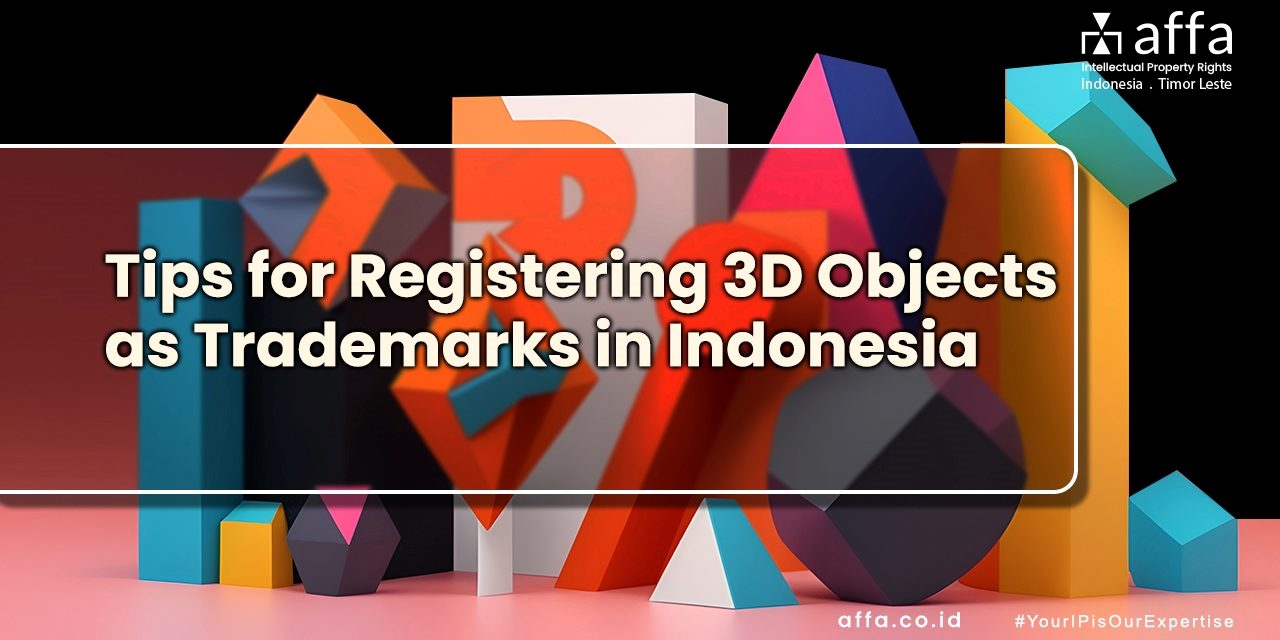






1 Comment